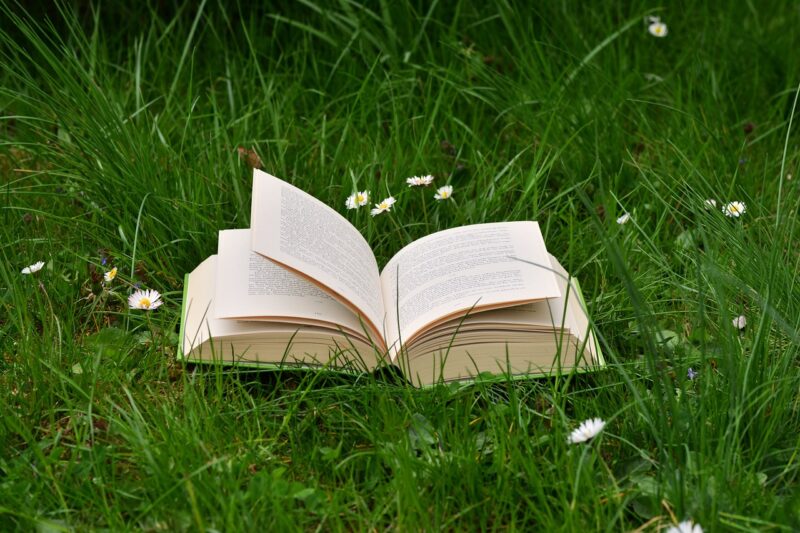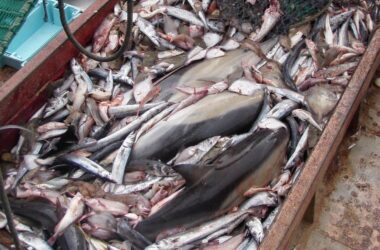In the ever-evolving landscape of environmental awareness, gaining insights from reputable sources becomes crucial. Our commitment to fostering environmental consciousness has led us to compile a list of the 15 must-read environmental books. This curated collection encompasses a wide range of perspectives, from climate change to conservation, aiming to inspire and inform readers on pressing environmental issues.
1. Silent Spring by Rachel Carson
Silent Spring stands as a timeless classic that brought environmental issues to the forefront. Rachel Carson’s poignant narrative on the impact of pesticides not only ignited the environmental movement but also laid the groundwork for modern environmental awareness.
2. The Sixth Extinction by Elizabeth Kolbert
Explore the concept of mass extinction through Elizabeth Kolbert’s compelling narrative in The Sixth Extinction. This Pulitzer Prize-winning book delves into the alarming rate of species decline, offering a wake-up call to humanity about the consequences of our actions.
3. An Inconvenient Truth by Al Gore
Nobel Laureate Al Gore’s An Inconvenient Truth is a groundbreaking work that addresses the urgent matter of climate change. Backed by scientific evidence, this book serves as a rallying cry for global environmental responsibility.
4. The Uninhabitable Earth by David Wallace-Wells
The Uninhabitable Earth by David Wallace-Wells paints a vivid picture of the potential consequences of climate change. Through meticulous research and stark prose, Wallace-Wells urges readers to confront the harsh realities and mobilize for change.
5. Braiding Sweetgrass by Robin Wall Kimmerer
In Braiding Sweetgrass, Robin Wall Kimmerer weaves indigenous wisdom with scientific insights. This unique perspective encourages readers to see nature not just as a resource but as a living entity deserving of respect and reciprocity.
6. This Changes Everything by Naomi Klein
Naomi Klein’s This Changes Everything challenges conventional thinking on the relationship between capitalism and the environment. This thought-provoking book advocates for systemic change to address the root causes of environmental degradation.
7. The Hidden Life of Trees by Peter Wohlleben
Delve into the intricate world of trees with The Hidden Life of Trees by Peter Wohlleben. This enlightening book reveals the complex social structures and communication methods employed by trees, fostering a deeper appreciation for nature.
8. The Overstory by Richard Powers
The Overstory by Richard Powers is a novel that intertwines human lives with the profound influence of trees. This Pulitzer Prize-winning work urges readers to reconsider their connection to nature and the impact of deforestation on our collective future.
9. A Sand County Almanac by Aldo Leopold
Aldo Leopold’s A Sand County Almanac is a classic in environmental literature. Through lyrical prose, Leopold imparts timeless ecological wisdom, emphasizing the importance of a harmonious coexistence between humanity and the natural world.
10. The Lorax by Dr. Seuss
The Lorax by Dr. Seuss is a captivating tale with a powerful environmental message. This children’s book introduces young readers to the importance of conservation and the consequences of unchecked industrialization.
11. Merchants of Doubt by Naomi Oreskes and Erik M. Conway
Naomi Oreskes and Erik M. Conway unravel the web of misinformation in Merchants of Doubt. This exposé explores how certain interests manipulate public perception, hindering progress in addressing critical environmental issues.
12. The Water Will Come by Jeff Goodell
Jeff Goodell’s The Water Will Come delves into the impending threat of rising sea levels. Through extensive research and firsthand accounts, Goodell paints a chilling picture of the consequences of climate change on coastal communities.
13. Oil and Honey by Bill McKibben
Bill McKibben’s Oil and Honey provides a firsthand account of activism and environmentalism. This inspiring memoir details McKibben’s journey to raise awareness about climate change and his efforts to build a sustainable future.
14. Our House Is on Fire by Greta Thunberg and Malena Ernman
Our House Is on Fire chronicles the journey of climate activist Greta Thunberg and her family. This compelling account not only highlights the urgency of climate action but also showcases the power of individual voices in driving change.
15. The Nature Fix by Florence Williams
Wrap up your environmental literary journey with The Nature Fix by Florence Williams. This exploration of the healing power of nature offers a compelling argument for incorporating the outdoors into our daily lives for improved well-being.
In conclusion, our curated list of the 15 must-read environmental books provides a diverse and insightful perspective on pressing ecological challenges. These works serve as a valuable resource for anyone seeking a deeper understanding of the environment and a catalyst for positive change.
Similar Articles
Frequently Asked Questions (FAQs) about Environmental Books
1. What makes environmental books essential reading?
Environmental books offer profound insights into critical issues such as climate change, conservation, and sustainability. They provide a platform for understanding the intricate relationship between humanity and the environment, fostering awareness and inspiring positive action.
2. How can environmental books contribute to raising awareness?
Environmental books serve as powerful tools for raising awareness by presenting well-researched information in a compelling narrative. They highlight the urgency of environmental challenges, encouraging readers to become advocates for positive change in their communities and beyond.
3. Are environmental books suitable for all audiences?
Yes, environmental books cater to a diverse audience. Whether you’re an avid environmentalist, a student, or someone new to the subject, there are books available at various levels of complexity. Children’s books, in particular, play a crucial role in introducing environmental concepts to younger generations.
4. Which environmental book is a good starting point for beginners?
For beginners, “Silent Spring” by Rachel Carson is an excellent starting point. It is a classic that paved the way for modern environmental awareness, addressing the impact of pesticides and their consequences on the environment.
5. How do environmental books address climate change?
Many environmental books, such as “The Sixth Extinction” by Elizabeth Kolbert and “An Inconvenient Truth” by Al Gore, delve into the critical issue of climate change. They provide scientific insights, real-life examples, and potential solutions to engage readers in understanding and combating climate change.
6. Can fiction books contribute to environmental awareness?
Absolutely. Novels like “The Overstory” by Richard Powers blend fiction with environmental themes, offering a unique perspective on our relationship with nature. Fictional narratives can evoke emotional responses, making environmental issues more relatable and impactful.
7. Are there any environmental books that focus on individual action?
Yes, “Oil and Honey” by Bill McKibben is a memoir that chronicles the author’s personal journey in environmental activism. It emphasizes the power of individual action and the importance of grassroots movements in addressing environmental challenges.
8. How do environmental books address the role of corporations and industries?
Books like “This Changes Everything” by Naomi Klein and “Merchants of Doubt” by Naomi Oreskes and Erik M. Conway critically examine the role of corporations and industries in environmental issues. They shed light on the influence of economic systems and advocate for systemic change.
9. Can environmental books inspire positive change?
Absolutely. Environmental books not only provide knowledge but also inspire readers to take positive actions. They often feature success stories, profiles of environmental activists, and practical solutions, motivating individuals to contribute to a more sustainable and environmentally conscious world.
10. How can one incorporate environmental literature into educational curricula?
Educators can integrate environmental books into curricula by selecting age-appropriate titles that align with specific learning objectives. These books offer valuable insights, spark discussions, and encourage critical thinking about environmental issues, making them a valuable addition to educational programs.
In conclusion, environmental books serve as valuable resources for individuals seeking knowledge, inspiration, and a deeper understanding of the pressing environmental challenges we face. By addressing a variety of topics and catering to diverse audiences, these books contribute to a collective effort to build a more sustainable and environmentally conscious world.










